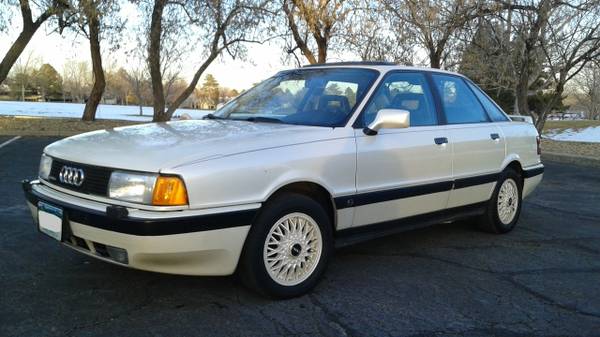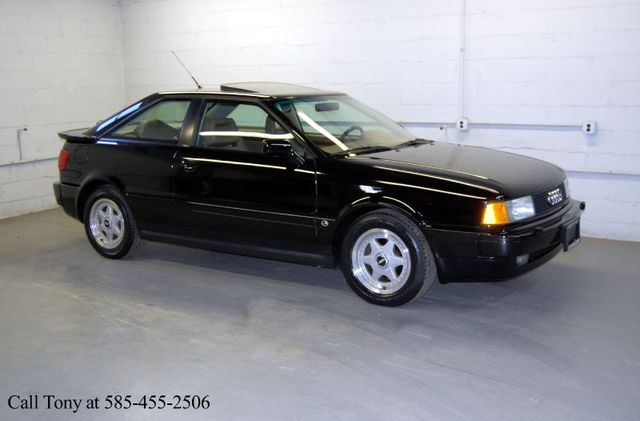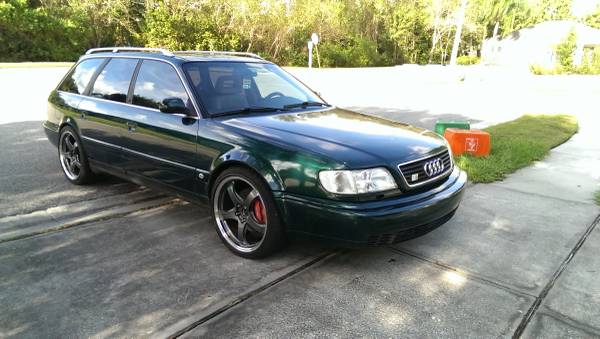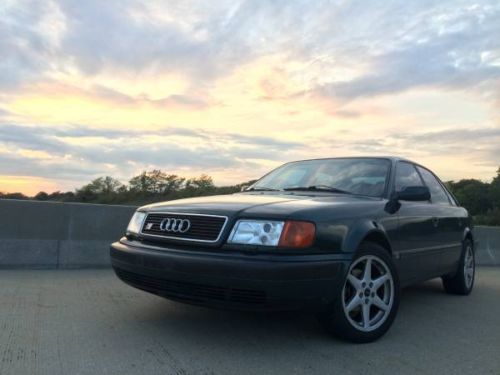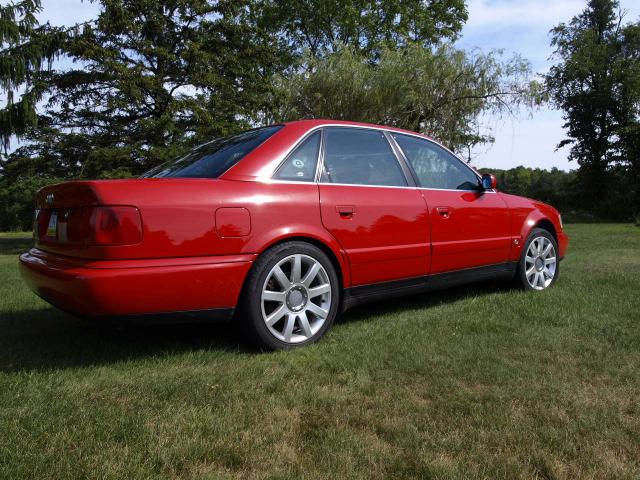My first car was an Audi 4000CS quattro. It was a wonderful car; for the most part, outside some serious fanboys no one knew what it was. That was in part because in the early 1990s Audi nearly was removed from the U.S. market thanks to some bad P.R. that has been pretty well documented. However, that wasn’t all – if you looked at the 4000CS quattro or its successors on paper, they weren’t very appealing to sporting drivers or to luxury-oriented buyers. BMW and Mercedes-Benz ruled those small executive markets, and the robust but semi-anemic 2.2 inline-5 coupled with a relatively spartan interior had a hard time competing with the other German marques. On top of that, if you wanted a performance model from the Volkswagen Audi group, The Volkswagen Jetta GLi offered many of the same accoutrements as the 4000 quattro – plus more performance – for much less money, and looked pretty similar in many ways. You had to specifically want the all-wheel drive system to select the 4000 quattro, and that meant slow sales. In the 1980s, a loaded Audi 4000 would cost you nearly $21,000 – the equivalent of around $46,000 today. For reference, that amount very nearly gets you into a brand new S4 today – and I assure you, the S4 is in nearly every way a much more impressive car.
To solve this problem in the 90 range, Audi went even more upscale. Audi offered a more luxurious cabin, full of wood accents, power accessories and even more sound-deadening material. The 90 was more aerodynamic, meaning that the heavy wind noise associated with the brick-on-brick B2 design was lessened. The 90 also introduced innovative safety measures, such as the seatbelt pretension PROCON-10 system and anti-lock brakes which previously had been considered superfluous on all-wheel drive cars by Audi. The all-wheel drive system was changed, as well – now with a Torsen center differential and an electronic locking rear differential instead of the vacuum operated locks on the first generation quattro. But the main upgrades to the 90 came in 1990, when the quattro received its first real engine upgrade in the form of the 7A double overhead cam 20 valve motor. With 164 horsepower on tap and a 7,200 rpm redline, the Audi product finally matched the competition’s power on paper. Unfortunately, the weight of the luxury items meant it still wasn’t a particularly fast car off the line – but on the fly, the 20V was a quite capable car. But, as you’d expect, the price had gone up; walk into a dealership in 1990, and you’d have to fork over around $27,000 to get into one of these 90s. Add some options – such as power seats and Pearlesant White Metallic paint, and you were really breaking the bank. Very, very few of these sedans were sold originally; much less than even its rare Coupe brother – making them a rare sight. However, those that have owned and driven them always speak of what an impressive car Audi made – and this example is one of the most impressive available today:
